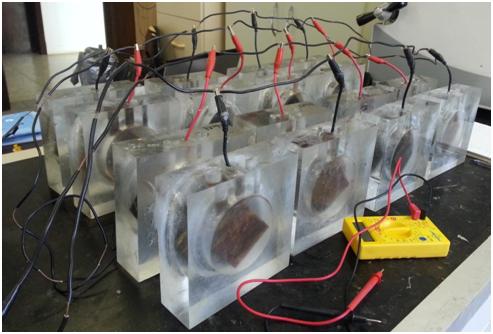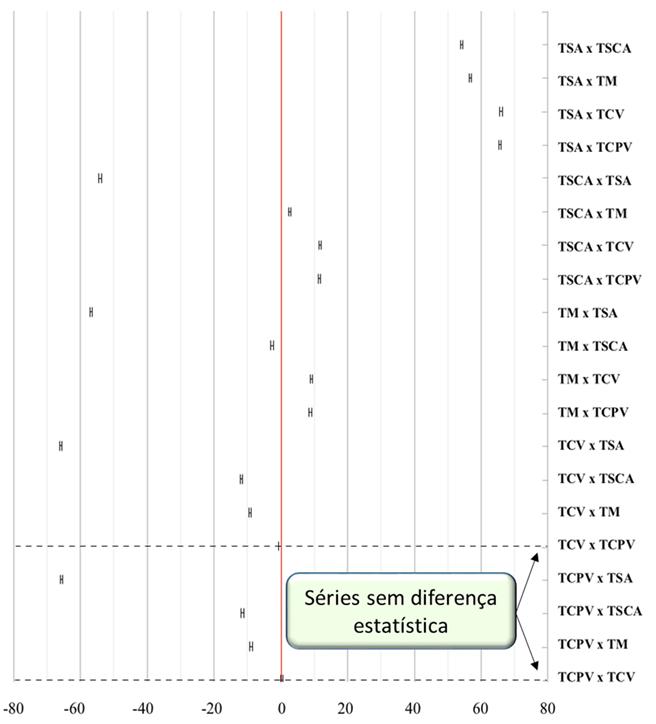Abstract
One of the main parameters used for the monitoring of steel corrosion in reinforced concrete structures is electrical resistivity. This study aims to compare the electrical resistivity measured by the four-electrodes method with the resistivity calculated by the chloride migration test, based on Ohm's laws. In this way, it would be possible to validate obtaining this property by chloride migration test results. For this purpose, concrete specimens were cast with the partial replacement of Portland cement, 10% by mass, by the following supplementary cementitious materials: silica, rice husk ash, metakaolin and fly ash. The results showed that the supplementary cementitious materials have an influence on the electrical resistivity values obtained, and samples containing more reactive additions reached electrical resistivities higher than the reference mix sample. A comparison of the techiques indicated that the values did not differ significantly. That implies that the electrical resistivity of concrete can be reliably obtained by performing the chloride ion migration test.
Keywords:
Corrosion; Ion migration; Supplementary cementitious materials; Concrete; Durability

 Thumbnail
Thumbnail
 Thumbnail
Thumbnail
 Thumbnail
Thumbnail
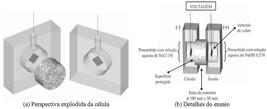 Thumbnail
Thumbnail
 Thumbnail
Thumbnail
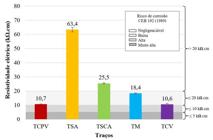 Thumbnail
Thumbnail
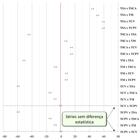 Thumbnail
Thumbnail
 Thumbnail
Thumbnail
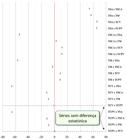 Thumbnail
Thumbnail
 Thumbnail
Thumbnail
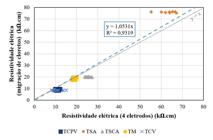 Thumbnail
Thumbnail
 Thumbnail
Thumbnail

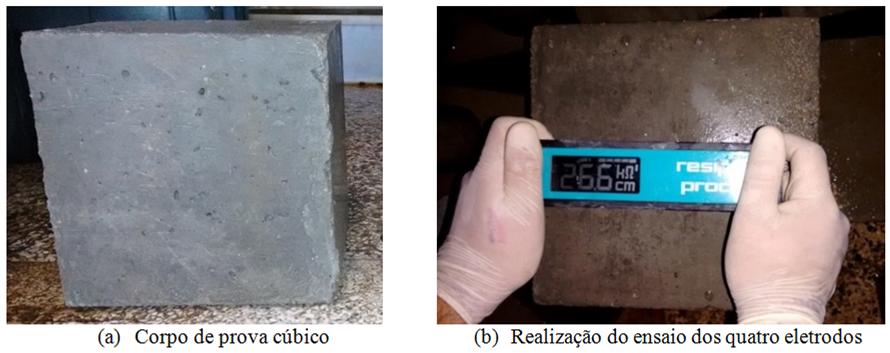

 Fonte:
Fonte: 